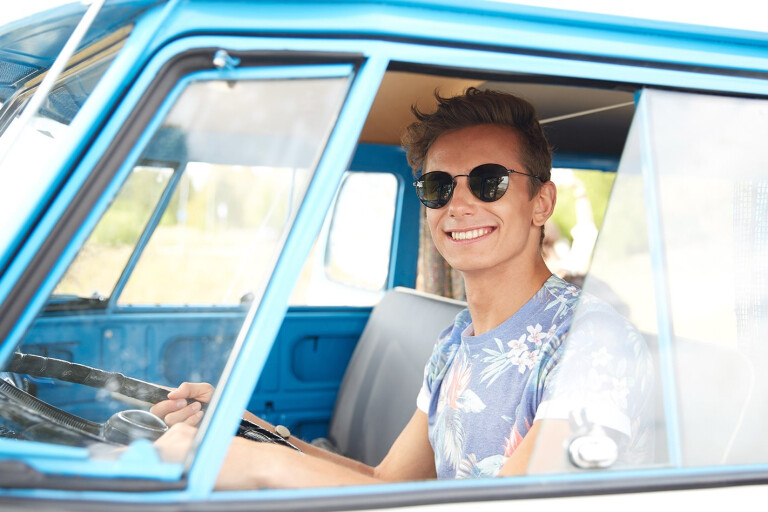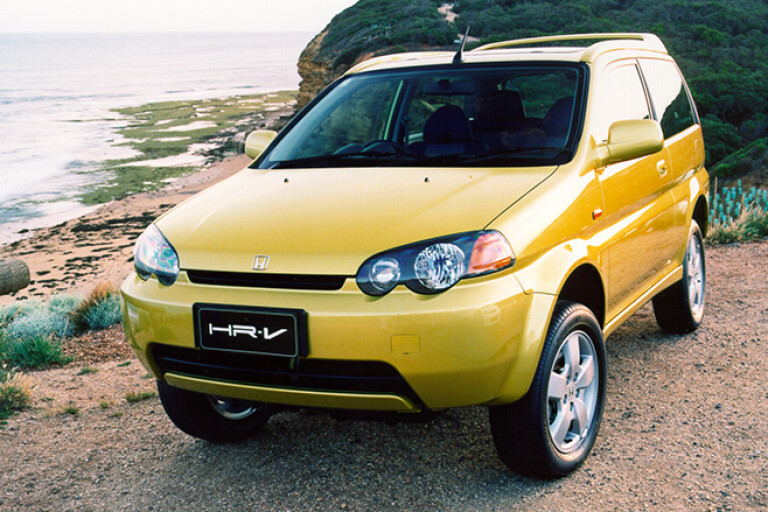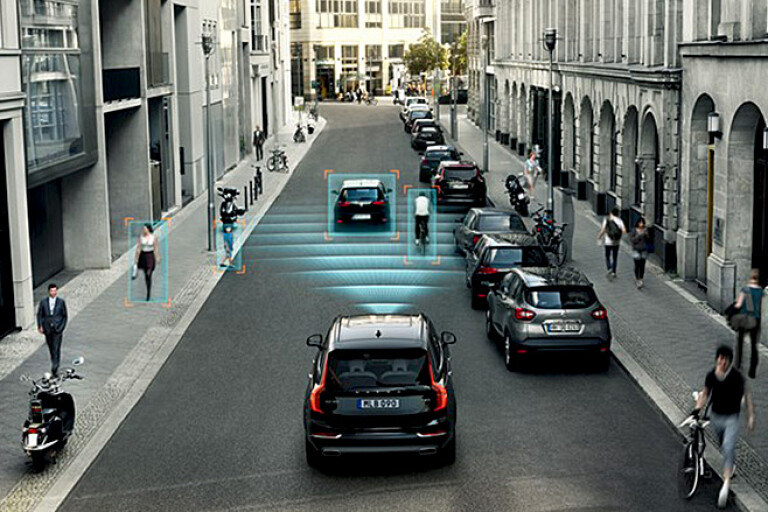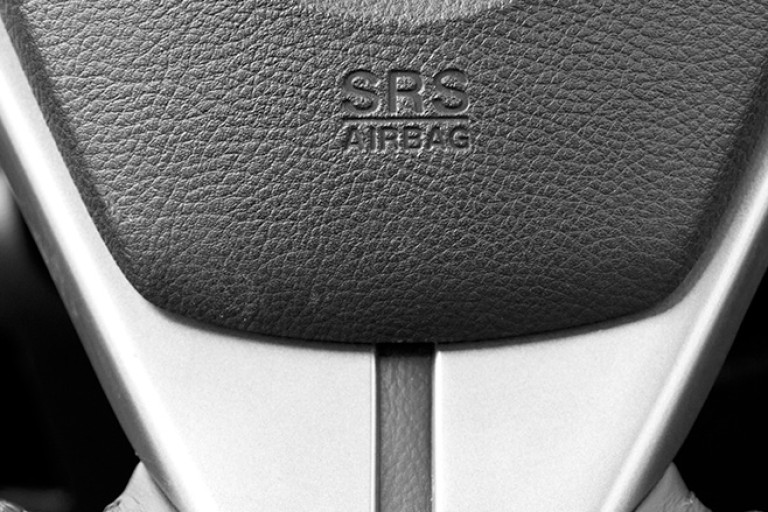
Teenagers … can’t live with them, can’t get them out of your house before they turn into 20-somethings. And, sadly, you can’t have them euthanised.
No one really wants to kill their teenagers, of course, despite those moments of rage, because they’re still our beloved little toddlers inside, somewhere, and we still feel extremely protective of them. Which is why sending them out on the road is so frightening.

The statistics on how likely your offspring is to crash a car in their first five years of driving are too alarming to even think about.
Getting them as much proper, defensive driver training as possible is one thing you can do, but you can also heavily influence the most vital choice they will make: which car to buy.
In fact, let’s be realistic, you’re probably going be buying it for them, and you might be tempted to save a bit of money by choosing a slightly older car – low kilometres, very reliable, doesn’t chew much fuel, not exactly modern.

But ask yourself: when he or she was a kid, tearing downhill on skateboards and bikes, did you put a Stackhat on their heads or an upturned ice-cream tub?
Over the past 20 years, and particularly the past 10, huge advances have been made in car safety. But only by buying the most recently-built vehicle you can afford can you take advantage of these changes.
One vast area of improvement has been the move from passive to active safety –accepting that cars will have accidents and attempting to build a hugely strong passenger cell around the occupants, and fill that cell with airbags.
Modern cars have plenty of tech to help prevent an accident, so you won’t need to put passive safety, and your soft and squishy body, to the test.

Perhaps the most active of these pro-active systems is AEB, or Automatic Emergency Braking, which was first introduced by Volvo – no surprise there – under the name City Safety.
AEB, much like ABS (Anti-lock Braking System) and ESC (Electronic Stability Control), is one of those systems that’s such a good thing it will surely become compulsory on all future cars, or at the very least be a minimum requirement for your car getting a five-star ANCAP safety rating (more on those in a minute).
AEB uses radar systems or cameras (or both) to measure the distance to the car in front of you, and if that distance rapidly decreases your car will warn you with all kinds of flashing lights and buzzers and prepare your brakes for action. If you hesitate for even a millisecond too long the car will apply the brakes for you, which is pretty bloody clever.
Modern systems promise to save you from rear-ending someone at speeds of up to 50km/h, while all AEB-equipped cars are guaranteed to do so at up to 30km/h. The number of accidents this mix of software and hardware is already preventing is as impressive as it is difficult to calculate, and it will prevent millions more in the future as it becomes widely adopted.
At present, rear-end collisions are the most common accident on our roads, but those figures could be changed by this technology. And there’s no doubt your teenager would be safer driving a car equipped with it.

Perhaps a more vital bit of technology, though, which only became compulsory on all cars sold in Australia in 2011, is Electronic Stability Control. If you’re buying a car made pre-2011, it might still have this technology, but car-makers weren’t required to put it on every model, or spec level, so you need to check. It could save your teenager’s life.
ESC is a fiendishly clever bit of tech that was initially only rolled out on very expensive European cars, but today it is commonplace. ESC basically works to keep you on the road, even if you’ve done something silly with the throttle, brakes, steering wheel, or all three.
The system works by monitoring the amount of slip at each wheel – as well as other factors including steering angle and yaw – and can react instantly to any loss of stability, either by cutting the power to a spinning wheel, applying the brakes to that wheel, or even applying the brakes to the wheel on the opposite side of the car, to bring your vehicle back into line.
It can’t work miracles, of course, but compared to cars of old, where if the back-end started to slide you needed to know what you were doing to correct it, ESC makes all our lives a lot easier and safer.

The inclusion of these kinds of safety systems – as well as the old passive-safety measures of crash-worthiness and the number of airbags – are all taken into account when ANCAP (the Australasian New Car Assessment Program) hands out its star ratings for new cars.
What’s important to remember is that getting a five-star rating gets a little bit harder every year, and that a car that won those all-important five stars pre-2010 wouldn’t achieve the same score if tested today.
In short, the star rating of an older car needs to be taken in context of how safe all cars were at that time, and can’t be compared to the ratings of brand-new cars on sale today.
In the end we all end up buying a car we can afford, but when it comes to the safety of a teenager who has only just learned to drive and whose brain doesn’t quite know how to process risks yet – and indeed seems to go looking for them – a new car is the best choice.
COMMENTS